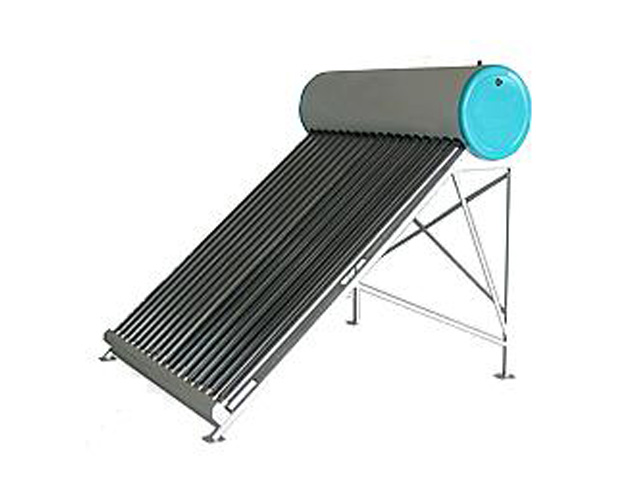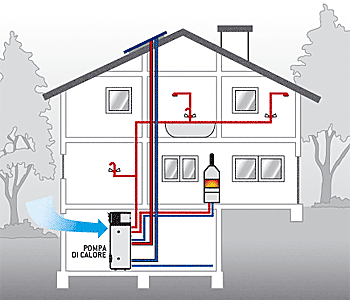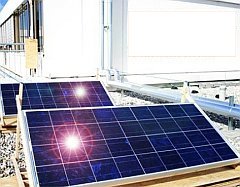 |
The
main element of a thermal solar
installation is the collector
which is exposed to the sunlight.
The
collector, in its turn, is
composed by the absorber which
absorbs sun radiations in order
to transform them in heat.
|
|
The
heat produced in the absorber is
then transferred to a tank
containing water. The
accumulated warm water is then
exploited for medical use or for
low-temperature heating systems.
This
kind of installation can be
implemented wherever there is a
high consumption of hot water:
homes, schools, hospitals, rest
homes, public offices, sports
facilities, swimming pools.
|
 |
|


|
How
does it work
 |
The
photovoltaic
effect is the basic
physical process through which a
solar cell converts sunlight
into electricity.
Photovoltaic
sun technology is based on the
properties of certain
semiconducting materials, such
as silicon which can convert
solar radiation energy into
electric energy.
|
The
basic element of a plant is the photovoltaic
cell. When sunlight hits the cell a
continuous electric current is
generated which can be compared to a
low-voltage pile. Several cells
connected in series form a single
structure called photovoltaic module
which is the basic element of the
photovoltaic system.
Advantages
Photovoltaic
plants have several advantages:
·
Absence
of any kind of polluting emissions
·
Saving
of fossil fuel
·
Product
life of about 20 years
·
Very
low maintenance costs
·
Less
expensive bills
·
Recovery
of the investment
|